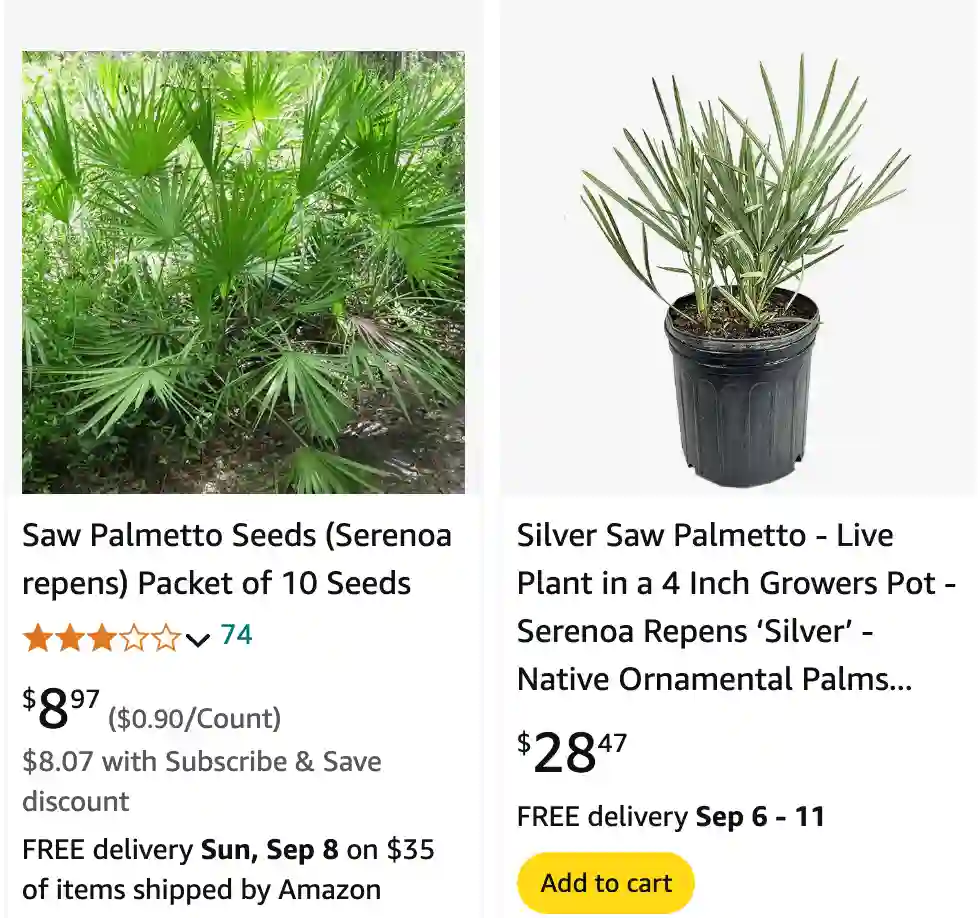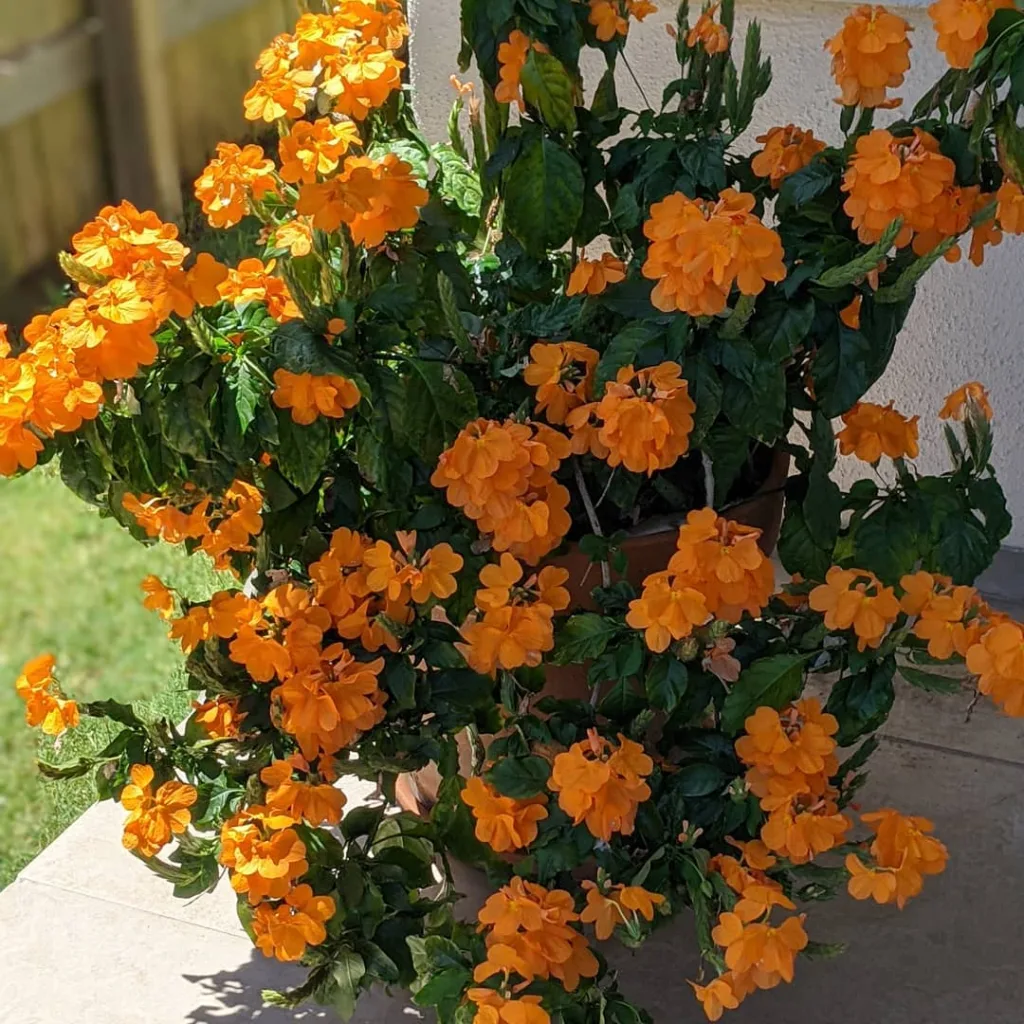
March 5 – Serenoa
"Serenoa, the saw palmetto, represents March 5."
Serenoa symbolizes resilience and healing. You have a steadfast strength that allows you to thrive in challenging environments. Like its beneficial qualities, you provide comfort and restoration to those around you, standing firm with quiet determination.
My Exploration of the Serenoa Genus
As a botanist, I’ve always been fascinated by the diversity and resilience of plant life. One genus that has particularly captured my attention is Serenoa, a small but intriguing group of palms belong to the Arecaceae family, native to the southeastern United States.
What is Serenoa?
Serenoa is a genus of small palms, typically growing to a height of about 2-3 meters. They are characterized by their fan-shaped leaves, creeping stems, and sharp saw-like teeth along the edges of their leaf stalks. This last feature is where the common name “saw palmetto” comes from. These palms are incredibly hardy, able to withstand drought, fire, and even flooding. They thrive in sandy soils and are a common sight in coastal areas and pine flatwoods.
The Species in Serenoa
While Serenoa was once thought to contain multiple species, recent botanical classifications recognize only one: Serenoa repens. This makes the genus monotypic, meaning it consists of a single species. However, there is considerable variation within S. repens, with different forms exhibiting variations in fruit size, growth habit, and leaf color. Some botanists have argued that these variations warrant recognition as distinct species, but for now, S. repens remains the sole recognized member of the genus.
What Is Serenoa Repens?
Serenoa Repens, commonly known as Saw Palmetto, is a small palm native to the southeastern United States. It is a hardy, low-growing plant that thrives in sandy, well-drained soils. Its fan-shaped leaves and berry-like fruit make it a distinctive addition to natural landscapes. I’ve found that the plant’s unique structure and growth habit add a touch of the exotic to any garden.
How Do You Pronounce Serenoa Repens?
Pronouncing Serenoa Repens can be a bit tricky. It’s pronounced “ser-EN-oh REH-pens.” The emphasis is on the second syllable of Serenoa and the first syllable of Repens. It’s always good to get it right, especially when discussing its uses or benefits with others.
What Is Serenoa Repens Used For?
Serenoa Repens is widely known for its use in natural medicine, particularly for its potential benefits in treating benign prostatic hyperplasia (BPH) and other prostate-related issues. I’ve seen many people turn to it as a natural remedy for symptoms like frequent urination and difficulty starting or stopping urination. Additionally, it’s sometimes used to support hair growth and manage symptoms of hormonal imbalances.
What Is Serenoa Repens Extract?
Serenoa Repens extract is derived from the berries of the Saw Palmetto plant. This extract is often available in supplement form, such as capsules or liquid extracts. It’s valued for its concentrated levels of active compounds, which are believed to contribute to its health benefits. I’ve found that the extract is more potent than using the plant itself, making it a popular choice for those seeking therapeutic effects.
How Does Serenoa Repens Work?
Serenoa Repens is thought to work by inhibiting the enzyme 5-alpha-reductase, which plays a role in converting testosterone into dihydrotestosterone (DHT). DHT is linked to conditions like BPH and hair loss. By reducing DHT levels, Serenoa Repens may help alleviate symptoms related to these conditions. From my experience, people who use it for prostate health often report noticeable improvements in their symptoms.
How to Propagate Serenoa Repens?
Propagating Serenoa Repens can be a bit challenging but rewarding. It’s best to propagate through seeds or offsets. If you’re using seeds, start them in a well-draining potting mix and keep them warm and moist until they germinate. Offsets, which are small shoots that grow from the base of the plant, can be separated and planted in new pots. This method often leads to faster growth. In my own garden, I’ve had success with offsets, and they’re relatively easy to handle.
What Is Another Name for Serenoa Repens?
Another common name for Serenoa Repens is Saw Palmetto. This name comes from the plant’s distinctive, saw-toothed leaf stems. It’s helpful to know both names, especially when looking for information or products related to the plant.
Where to Get Serenoa Repens?
Serenoa Repens can be found in various places. For the plant itself, check with local nurseries or garden centers that specialize in native plants. The extract is widely available at health food stores, pharmacies, and online retailers. I’ve had good luck finding quality supplements at health food stores and reputable online shops.
Serenoa Repens vs. Saw Palmetto
Actually, Serenoa Repens and Saw Palmetto are the same plant. Saw Palmetto is simply another name for Serenoa Repens. This dual naming can sometimes cause confusion, but knowing that they are the same can help streamline your search for information and products.
Serenoa Repens vs. Finasteride
Comparing Serenoa Repens to Finasteride reveals some key differences. Finasteride is a prescription medication used to treat BPH and male pattern baldness by specifically blocking the enzyme 5-alpha-reductase. Serenoa Repens, on the other hand, is a natural remedy that may also inhibit this enzyme but usually with milder effects. From personal observations and discussions with others, Serenoa Repens is often chosen for its natural approach and fewer side effects, though Finasteride might be more effective for some individuals in managing severe symptoms.
Can You Grow Serenoa Repens Indoors?
Growing Serenoa Repens indoors is possible but requires specific conditions. It needs bright, indirect light and well-drained soil to thrive. In my experience, it’s best suited for larger indoor spaces where it can get ample light and room to grow. If you’re considering this, be prepared to provide consistent care and monitor the plant for any signs of stress.
Is Serenoa Repens Toxic?
Serenoa Repens is generally considered non-toxic to humans and pets. However, as with any supplement or plant, it’s wise to use it as directed and consult with a healthcare provider if you have any concerns, especially if you’re pregnant, nursing, or on medication.
Benefits of Serenoa Repens
The primary benefits of Serenoa Repens include its potential to support prostate health and aid in managing symptoms of BPH. It may also have benefits for hair loss and hormonal balance. From my own use and the experiences shared by others, these benefits are notable but can vary from person to person.
Common Problems with Serenoa Repens
One common issue with Serenoa Repens is its potential interaction with other medications. It can also cause mild digestive upset in some individuals. Monitoring how your body responds and consulting with a healthcare provider can help manage these issues effectively.
In conclusion, Serenoa, though a small genus, holds significant ecological, economic, and medicinal importance. As a botanist, I am dedicated to continuing my research on this fascinating plant, contributing to its conservation, and furthering our understanding of its potential benefits.
If i die, water my plants!



